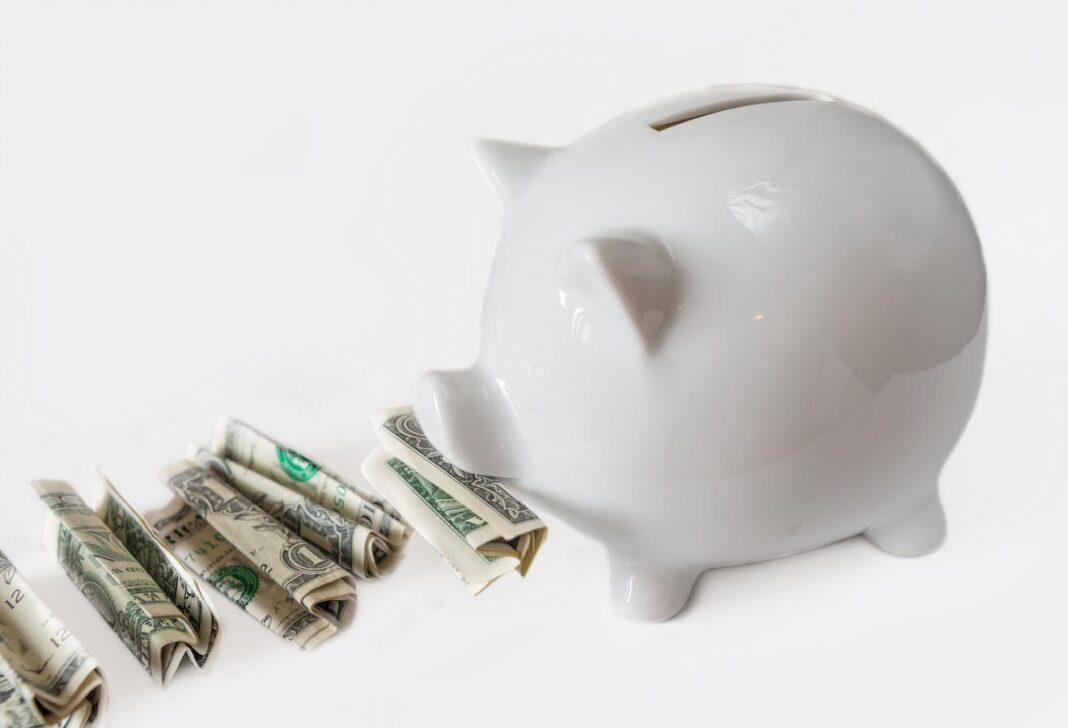“Health costs have continued their upward march in the decade-plus since Obamacare became law,” writes health expert Sally Pipes. “The One Big Beautiful Bill Act, with its modest expansion of HSAs, has taken some baby steps toward bringing those costs down.”
LightRocket via Getty Images
Get ready to pay more for insurance coverage through Obamacare’s exchanges. The median premium increase for plans from 105 insurers in 19 states and the District of Columbia will be 15% in 2026, according to the Kaiser Family Foundation. That’s more than double the median premium increase of 7% this year.
Obamacare premiums rise every year. But there are two things that make this year’s premium hikes different.
The first is that the enhanced premium tax credits instituted under President Biden are expiring at the end of this year. These COVID-era subsidies capped premiums for all Americans covered on the exchanges at 8.5% of income, with the federal government picking up the rest. People with incomes below four times the poverty level—$128,600 for a family of four—were responsible for even less of their premiums, and the percentage they were obligated to pay declined with income.
The second is that a lot more Americans will be eligible for tax-advantaged health savings accounts next year. Republicans’ One Big Beautiful Bill Act made all bronze and catastrophic Obamacare plans HSA-compatible.
In the long term, increased adoption of HSAs could lead to lower health costs—and lower insurance premiums.
Let’s take stock of how Obamacare’s been doing. In 2013, the year before the law took effect, the average monthly individual market premium was $244. This year, it was $590. According to the Paragon Health Institute, the cost of exchange coverage rose 50% faster than the cost of employer-sponsored coverage between 2014 and 2023.
Federal subsidies have obscured these surging premiums at immense cost to taxpayers. Extending Biden’s enhanced subsidies permanently would cost $335 billion through 2034.
The fact that it takes billions of taxpayer dollars to make health insurance appear affordable is evidence of policy failure.
Obamacare’s constant price hikes are a direct result of the program’s design. The law requires insurers to accept everyone, regardless of health status or history. And it bars payers from charging older people any more than three times what they charge younger people.
Moreover, every Obamacare insurer is required to cover 10 essential health benefits—including maternal care and addiction treatment—regardless of whether people want or need them.
These rules and regulations increase the cost of covering the average enrollee and push insurers to raise premiums each year. When the enhanced Biden-era subsidies expire at the end of this year, people could see their out-of-pocket premium payments jump by 75%, on average.
That may cause many to consider less expensive, less comprehensive bronze or catastrophic coverage—and discover just how powerful a health savings account can be.
HSAs allow beneficiaries to set aside pre-tax dollars to cover copays, deductibles, and other qualified medical expenses. The money in an HSA also grows tax-free. According to the Cato Institute, some 7.3 million Americans could become newly eligible for HSAs thanks to the One Big Beautiful Bill Act.
In 2026, individuals will be able to contribute up to $4,400 a year to these accounts; families will be allowed to deposit up to $8,750.
When people control their healthcare dollars, they have the opportunity to spend them as they—rather than their insurer—see fit. They can visit providers of their choosing and shop around for care that they believe delivers the best value.
The One Big Beautiful Bill Act also permits people to use their HSA money to pay for direct primary care, wherein they pay a monthly or annual subscription fee for generally unlimited access to routine care from their doctor. It’s possible that some people may be better off with a direct primary care subscription and a catastrophic plan than they would’ve been under the status quo.
The consumerism encouraged by HSAs can reduce health spending. One study found that people with HSAs spent up to 7% less on health care than people without them—and up to 9% less at the pharmacy.
Health costs have continued their upward march in the decade-plus since Obamacare became law. The One Big Beautiful Bill Act, with its modest expansion of HSAs, has taken some baby steps toward bringing those costs down. Exchange enrollees would be wise to take advantage.





